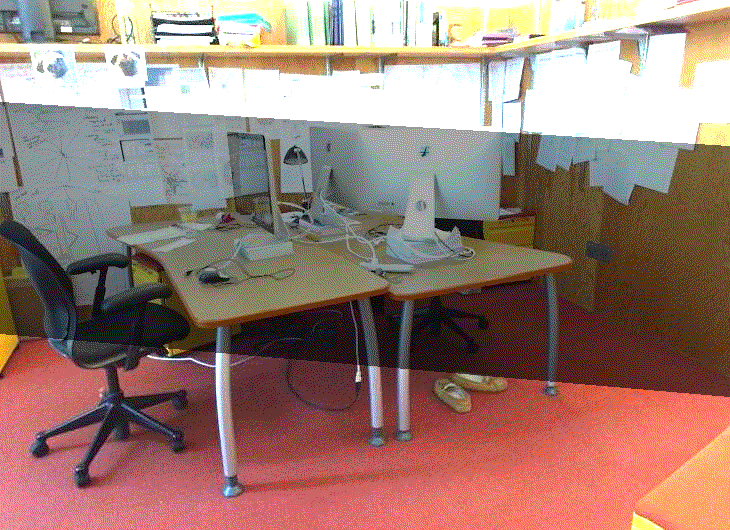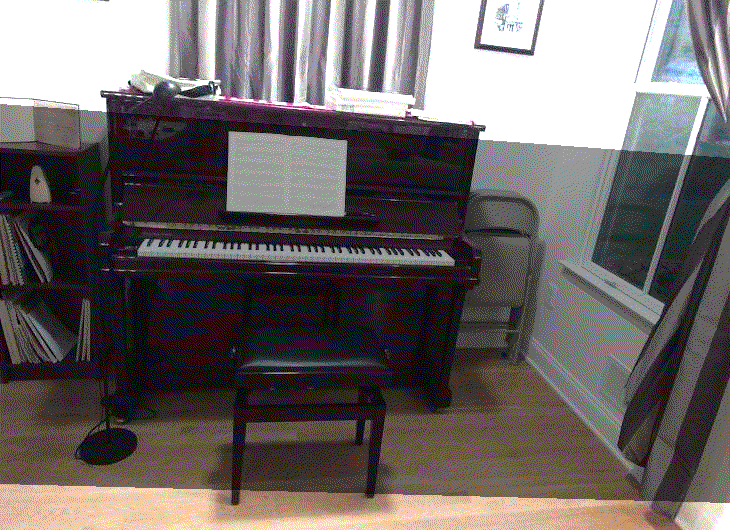Random Shadows and Highlights
This repo has the source code for the paper: Random Shadows and Highlights: A new data augmentation method for extreme lighting conditions.




Example:
from RandomShadowsHighlights import RandomShadows
transform = transforms.Compose([
transforms.RandomHorizontalFlip(),
RandomShadows(p=0.8, high_ratio=(1,2), low_ratio=(0,1), left_low_ratio=(0.4,0.8),
left_high_ratio=(0,0.3), right_low_ratio=(0.4,0.8), right_high_ratio=(0,0.3)),
transforms.ToTensor(),
transforms.Normalize((0.4914, 0.4822, 0.4465), (0.2023, 0.1994, 0.2010)),
])
If you find this code useful for your research, please consider citing:
@Misc{Mazhar2021arXiv,
author = {Mazhar, Osama and Kober, Jens},
note = {arXiv:2101.05361 [cs.CV]},
title = {{Random Shadows and Highlights}: A New Data Augmentation Method for Extreme Lighting Conditions},
year = {2021},
code = {https://github.com/OsamaMazhar/Random-Shadows-Highlights},
file = {https://arxiv.org/pdf/2101.05361.pdf},
project = {OpenDR},
url = {https://arxiv.org/abs/2101.05361},
}
Requirements:
torch, torchvision, numpy, cv2, PIL, argparse
In case you want to use Disk-Augmenter for comparison, then install scikit-learn as well.
Steps:
To test on TinyImageNet, the dataset needs to be converted into PyTorch dataset format. This can be done by following instructions on this repo.
Also, for EfficientNet, install EfficientNet-PyTorch from here.
To start training, use the following command:
python main.py --model_dir outputs --filename output.txt --num_epochs 20 --model_name EfficientNet --dataset TinyImageNet
For CIFAR10 or CIFAR100, use argument --dataset CIFAR10 or --dataset CIFAR100.
To train on "AlexNet", use --model_name AlexNet.



